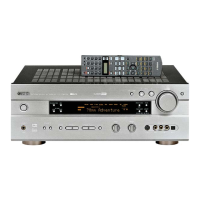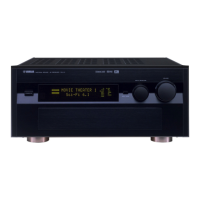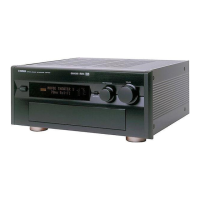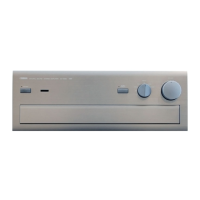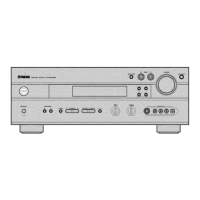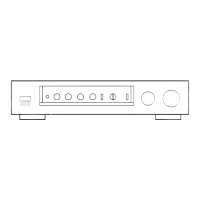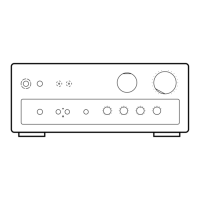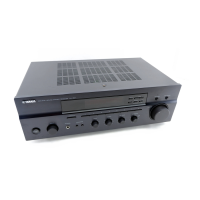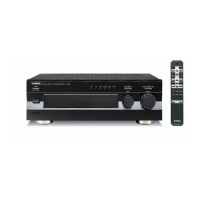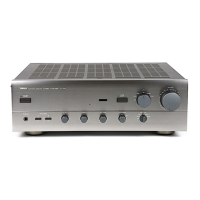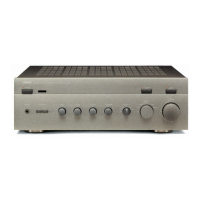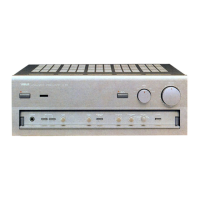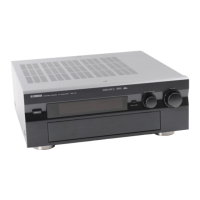Why is Yamaha Receiver bass reproduction poor?
- EErin MortonSep 3, 2025
If you are experiencing poor bass reproduction with your Yamaha Receiver, and “1E BASS” on the SET MENU is set to SWFR or BOTH, but your system lacks a subwoofer, then select MAIN. Ensure the speaker mode settings (main, center, rear, or rear center) on the SET MENU match your speaker configuration, adjusting the position for each speaker based on its size.
